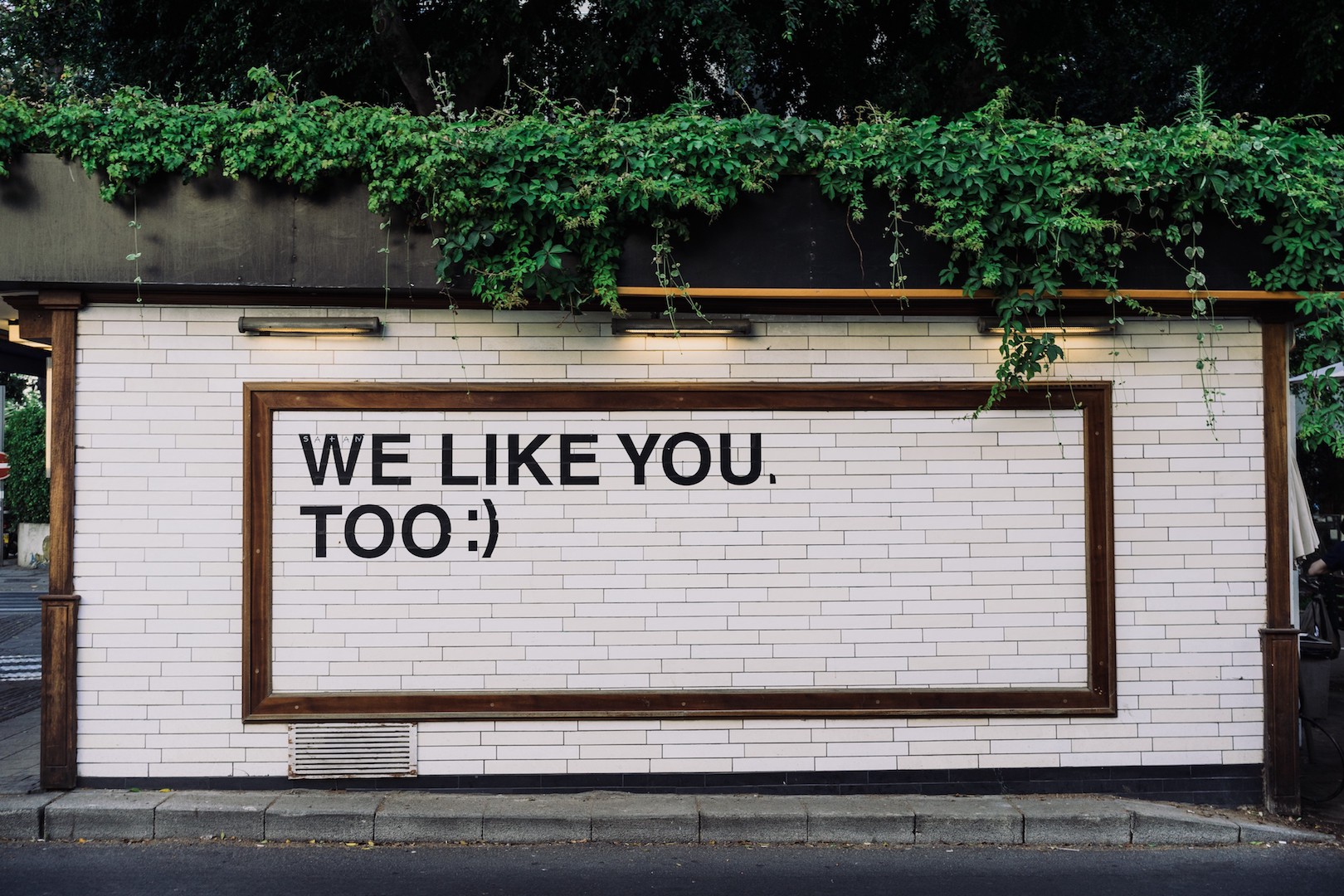was reading an article by Tim Denning the other day —the one called “Stream of Consciousness Work, Enabled by Flow States, Is an Entirely Different Way to Work” — and something clicked for me as I processed the following excerpt:
“Clean is everywhere. Clean is what ads are.
The work that is ads is so clean you can’t spot the human in them. That’s why your brain automatically switches off from ads, leaving businesses spending money on overpriced boat anchors that appear on a tv station very few watch without taking their eyes off their phone.”
The rest of the article wasn’t anything to do with successful marketing practice, but it did get me thinking about my recent interactions with a couple different types of advertisement.
For example, I’ve really been liking the approach of Thursday (a new, yet to be launched dating application for singletons based in NYC and London) when it comes to the content they put out via their social media platforms.

Not all of their content follows the same format, but one thing it does do very well is reflect their confidence and general nonchalance in taking such a transparent approach to content marketing.
In addition to being self-aware, the tone of their ads are just plain funny, too. They swear, they scribble, and they sound like they’re coming from well…the mouth of a very hungover social media manager in the Thursday HQ.
This strategy not only works to convince an audience of a positive, human-centric company ethos, but it allows them to develop a certain fondness for the people who produce this content — and their bosses who have to approve it first, too!
As it turns out, we (the target audience) don’t particularly like the feeling of being sold something. We don’t take well to advertisements that are try-hard, and we certainly don’t appreciate anything that exemplifies uptight or arrogant.
Shocker: We prefer marketing that walks and talks like a human.
Really, we want ads that read like text posts and twitter rants. We enjoy engaging with content that appears like there’s a small chance it might engage back, and we give a higher degree of credibility to copy that sounds like it’s written by an actual human being of the breathing and thinking kind.
There’s the chance we’ll even find something like the right kind of typoamusing or, at the very least, obnoxious enough to stick around in our heads. Mistakes are pretty human too, after all.
Here’s another example of marketing that’s remained amongst the comings and goings of my prefrontal context over the past few days from Ikea.

Notice how the font size and flow of the text in this copy compares to the Jack Daniel’s ad just to the right of it. Fair enough — the use of the “f” word is designed to draw the reader in (just like the swearing in the ad by Thursday does), but it’s the longer, rhetorical question-esque, very-nearly-stream-of-consciousness copy that keeps them once they’re there.
I have a theory about this. If you’ve read my article, “How To Make Your Greedy Dopamine Receptors Work For You Instead Of Against You,” you’ll know that dopamine is far more related to motivation than it is, necessarily, to reward.
You’ll also know:
- A: that our brains are being rewired by apps like Pokemon-GO! and TikTok to seek instant gratification and expect quick dopaminergic reward.
- B: that humans are the only mammal capable of prolonging anticipation in favour of greater dopaminergic reward — i.e. delayed gratification
Stay with me here…
What this means is that despite living in a world where we’re constantly bombarded by the media and copious amounts of product and service marketing, we still retain the ability to differentiate and distinguish when it comes to worthwhile investments of our time — even at the expense of instant gratification.
In other, (simpler) words, we humans are just as happy to devour the full-length page-and-a-half of size 12 font of one advertisement as we are to read the snappy five-word catchphrase of another— provided we believe there’s a great enough return in value, that is.
Remember: dopamine is not about the reward, it’s about the anticipation of it.
With marketing that reads like it was written by robots, we already know to assume a low return on our investment of time, and our anticipation (and thus, the production of dopamine in our brain) dwindles as a result.
This is what I believe Tim Denning was onto when he wrote about the tendency of our brains to switch off when we know we’re being marketed to. The clean, crisp, and concise appearance of everyday ads is just a flashing warning signal for our brains that screams “WE ARE TRYING TO SELL YOU SOMETHING!!”
I mean, by definition there’s nothing exciting about predictable. We don’t release any dopamine if we’re not enthralled by the mystery of anticipation, and beguiled by the build-up. Without swear words, witty remarks or even mistakes, we’re just left with an agreed upon message of same old, same old marketing. Booooooooooooringg.
Alternatively, when we have to work that little bit harder in order to reap the reward of perhaps longer, slightly less perfectly-executed content — aka when we get to play a game of spot the human — we not only feel better about the act of doing so, but we’ve also spent longer and harder thinking about that ad in the first place. (I’m starting to feel like I should be charging for this information, but alas, here we are…)
Because truly it’s a win-win. Working harder for a particular reward directly translates to consumers feeling better about said reward. Promise us a little bit of human-to-human action, and we absolutely eat it up.
Last but not least — I’m trying to work on my practicality, so here are some actionable takeaways for what brands can do to support their audience in a game of spot the human:
- Use a conversational tone — if it sounds pretentious or overly promotional coming our of your mouth when you speak to a friend, then it’s not conversational. Plain and simple.
- Make mistakes (and own up to them) — authenticity and integrity are just about as human as you can get.
- Focus on quality over quantity — this isn’t to say that a huge paragraph of dense copy doesn’t have the potential to be successful, quite the opposite actually. Just make certain it’s actually worth the longer read.
- Tell a story (bonus points if its a funny one) — interjecting anecdotes into your advertisements is a great way to appeal to the human desire to connect socially through story-telling.
- Talk about a genuine problem — problem solving requires being human, first to experience and have awareness of the problem, and secondly to engage in the creative thinking required for the solving of it.
- Utilize humour — give people a reason to laugh and they’ll thank you for it later in the form of paid attention. Let them picture the human cracking the jokes behind the screen.
That’s all from me on this subject, but i’d love to know what your thoughts are (and no robots allowed)!





